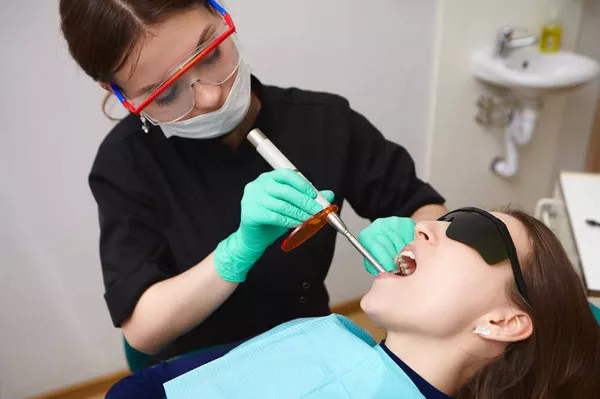Temporary fillings serve as a crucial interim solution in dental care, providing a temporary seal over a tooth until a permanent restoration can be placed. While they offer temporary protection, many patients wonder about the longevity of temporary fillings and how long they can expect them to last. In this comprehensive guide, we’ll delve into the topic of temporary fillings, examining their lifespan, factors influencing their durability, signs of deterioration, and tips for maximizing their longevity.
1. Understanding Temporary Fillings:
Temporary fillings, also known as interim fillings or provisional restorations, are a temporary solution used to restore a tooth’s function and integrity until a permanent filling or crown can be placed.
These fillings are typically made of materials such as zinc oxide-eugenol, glass ionomer cement, or composite resin. They are designed to provide a temporary seal over the tooth to protect it from bacteria, food particles, and further decay.
Temporary fillings are commonly used in situations where multiple dental appointments are required, such as root canal therapy, crown preparation, or when waiting for a laboratory-made restoration.
2. Lifespan of Temporary Fillings:
The lifespan of a temporary filling can vary depending on several factors, including the type of material used, the location of the filling, the individual’s oral hygiene habits, and the amount of pressure exerted on the filling during chewing.
On average, temporary fillings can last anywhere from a few weeks to several months. However, they are not intended to be a long-term solution and will eventually need to be replaced with a permanent restoration.
Temporary fillings in high-stress areas of the mouth, such as molars used for chewing, may wear down more quickly and require replacement sooner than those in less demanding areas.
3. Factors Affecting Durability:
Material type: The type of material used for the temporary filling can influence its durability. While some materials may be more resilient and longer-lasting, others may degrade more quickly over time.
Oral hygiene: Proper oral hygiene practices, including regular brushing, flossing, and rinsing with an antiseptic mouthwash, can help prolong the lifespan of a temporary filling by reducing the risk of recurrent decay and infection.
Chewing habits: Avoiding hard, sticky, or crunchy foods that can place excessive pressure on the temporary filling can help prevent premature wear and damage.
4. Signs That a Temporary Filling Needs Replacement:
Pain or sensitivity: If you experience pain or sensitivity when biting down or consuming hot or cold foods, it may indicate that the temporary filling has worn down or become dislodged, exposing the underlying tooth structure.
Visible wear or damage: Inspect the temporary filling regularly for signs of wear, chipping, or cracking. If you notice any visible damage or deterioration, contact your dentist to schedule a replacement.
Recurrent decay: If you develop new areas of decay around the edges of the temporary filling, it may need to be replaced to prevent further damage to the tooth.
5. Tips for Maximizi ng Longevity:
Practice good oral hygiene: Brush your teeth twice daily with a fluoride toothpaste, floss between your teeth daily, and rinse with an antiseptic mouthwash to maintain optimal oral health and prolong the lifespan of your temporary filling.
Avoid chewing on hard objects: Refrain from chewing on hard objects such as ice, pens, or fingernails, as this can damage the temporary filling and increase the risk of it becoming dislodged.
Attend regular dental check-ups: Schedule follow-up appointments with your dentist to monitor the condition of the temporary filling and address any concerns promptly.
Conclusion
In conclusion, temporary fillings play a vital role in dental care, providing temporary protection for a tooth until a permanent restoration can be placed. While their lifespan can vary depending on factors such as material type, location, and individual habits, they are generally designed to last for a few weeks to several months. Proper oral hygiene, avoiding excessive pressure on the filling, and attending regular dental check-ups are essential for maximizing the durability of temporary fillings. If you experience any signs of wear, damage, or discomfort, contact your dentist promptly to schedule a replacement. By caring for your temporary filling and following your dentist’s recommendations, you can help ensure its effectiveness in protecting your tooth until a permanent solution can be implemented.
How Long Do Glass Ionomer Fillings Last
How To Tell If You Need Fillings




























